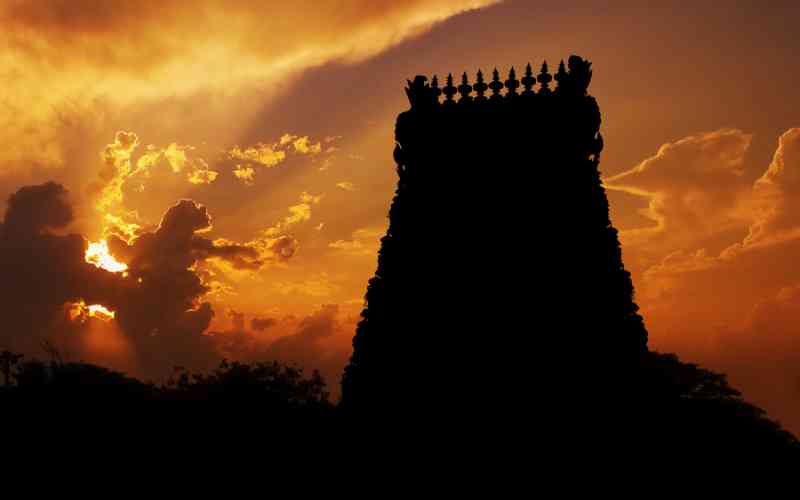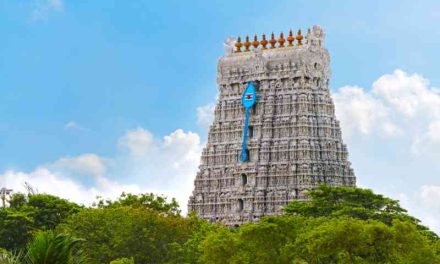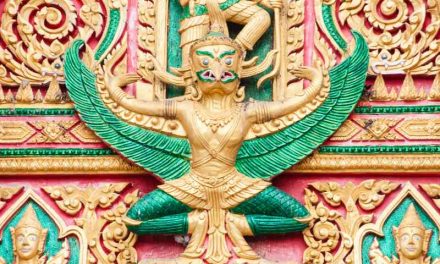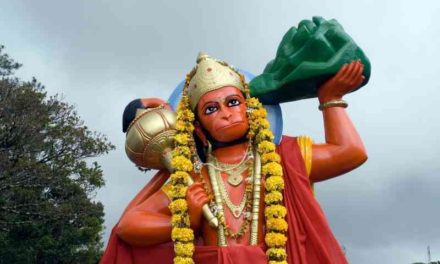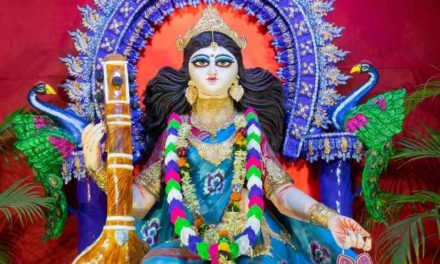The Vayu Purana is one of the eighteen major Puranas of Hinduism and belongs to the Shaivism literature corpus. It is a Sanskrit text that contains various myths, legends, cosmology, geography, genealogy, and philosophy related to Shiva and his manifestations. The Vayu Purana is considered to be among the oldest in the Puranic genre, as it is mentioned in the manuscripts of the Mahabharata and other Hindu texts. ¹²
The Vayu Purana has been revised and expanded over the centuries, and its surviving manuscripts are very different. Some manuscripts have four parts (padas) with 112 chapters, and some have two sections (khandas) with 111 chapters. The text also has some later additions that are not found in the original version, such as chapters on pilgrimage sites (mahatmas), social and ethical duties (dharma), rites of passage (sanskara), and hell (naraka). ³
The Vayu Purana begins with a dialogue between Vayu (the wind god) and Narada (the sage), in which Vayu narrates the creation and destruction of the universe, the origin and genealogy of gods, sages, kings, and demons, the description and division of the earth and its regions, the glory and worship of Shiva and his forms, such as Rudra, Maheshvara, Sadashiva, Ishana, etc., the stories of various incarnations of Shiva, such as Nandi, Skanda, Hanuman, etc., the legends of Shiva’s devotees, such as Markandeya, Upamanyu, etc., and the details of various festivals and rituals related to Shiva.
The philosophy of the Vayu Purana is based on the Shaiva doctrine of monism (advaita), which asserts that Shiva is the supreme reality and the source of everything. The text also presents a dualistic view of Shiva and Shakti (his energy or power), who are inseparable and interdependent. The text also discusses the concepts of karma (action), samsara (cycle of rebirth), moksha (liberation), yoga (union), bhakti (devotion), jnana (knowledge), etc., from a Shaiva perspective. The text also emphasizes the importance of ethics, morality, purity, austerity, charity, etc., as a means to attain Shiva’s grace and liberation.
The Vayu Purana is an important source of information on the history, culture, religion, art, and literature of ancient and medieval India. The text has influenced many other texts and traditions within Hinduism, such as Vaishnavism, Shaktism, Smartism, etc. The text has also inspired many inscriptions, sculptures, paintings, etc., such as those at Mathura and Elephanta Caves. The text is also revered by many sects and communities of Shaivism, such as Pashupatas, Kapalikas, Lingayats, etc.
Here are some of the key philosophical concepts that are found in the Vayu Purana:
- Brahman: The ultimate reality, the source of all creation, and the goal of all spiritual practice.
- Jiva: The soul, a part of Brahman that is deluded by Maya and believes itself to be separate from Brahman.
- Maya: Illusion, the power that causes the soul to believe itself to be separate from Brahman.
- Dharma: The practice of virtue.
- Jnana: The knowledge of Brahman.
- Bhakti: The love of God.
- Samsara: The cycle of birth, death, and rebirth.
- Moksha: Liberation from samsara.
The Vayu Purana is a fascinating and rich text that reveals the diversity and depth of Hindu thought and practice. It is a treasure trove of wisdom and devotion for those who seek to know more about Shiva and his philosophy. The Vayu Purana teaches that the path to liberation is through the practice of dharma, jnana, and bhakti. Dharma is the foundation of all spiritual practice, jnana is the means by which the soul realizes its identity with Brahman, and bhakti is the motivation that drives the soul to seek liberation.
Works Cited:
(1) Vayu Purana – Wikipedia. https://en.wikipedia.org/wiki/Vayu_Purana
(2) Vayu Purana – Vyasa Mahabharata. https://www.vyasaonline.com/vayu-purana/
(3) Vayu Purana – Wikiwand. https://www.wikiwand.com/en/Vayu%20Purana

